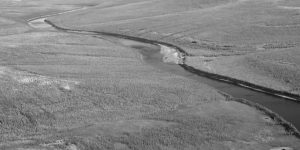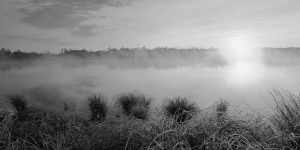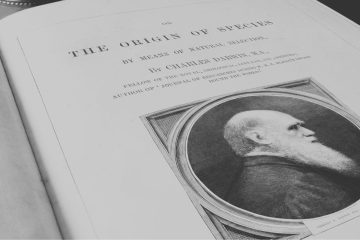What Happened On June 30th?
On June 30, 1908, the quiet forest near the Tunguska River’s met with an explosion so massive that it flattened approximately 2,000 square kilometers of woodland. Known as the Tunguska Event, the devastation most likely resulted from the explosion of an asteroid or comet, making it the largest impact event in recorded history.
Fire In The Sky!
Early in the morning, the indigenous Evenki people and Russian settlers in the region saw a fireball streak across the sky. Witnesses described it as a blinding light, moving swiftly and growing increasingly intense. Moments later, a massive explosion shook the earth. The force of the blast knocked people off their feet, shattered windows, and sent a shockwave that circled the globe twice.
In the days following the event, skies over Europe and Asia glowed at night, possibly due to ice particles high in the atmosphere. This phenomenon allowed people in London to read newspapers outdoors at midnight without artificial light.
The Asteroid Roar
The explosion’s sound, compared by witnesses to artillery fire, echoed across hundreds of kilometers. Trees scorched and flattened in a radial pattern, with their roots pointing away from the epicenter. The blast’s energy equaled 10-15 megatons of TNT, roughly 1,000 times more powerful than the atomic bomb dropped on Hiroshima. The explosion generated a heat so intense that it caused clothes to catch fire and animals to perish instantly.
Despite the devastation, no confirmed human casualties occurred, largely due to the remote location of the explosion. However, the blast killed countless reindeer, which were a vital resource for the Evenki people, majorly affecting their livelihood.

Investigations Into The Unknown
The remoteness of the Tunguska region and the political turmoil in Russia delayed scientific exploration of the site until 1927. Leonid Kulik, a Russian mineralogist, led the first expedition to investigate the mysterious explosion. Upon arrival, Kulik and his team felt astounded by the devastation. The trees lay like matchsticks, pointing away from the epicenter, but they found no impact crater. This absence of a crater puzzled scientists and fueled various theories about the event’s cause.
Kulik persuaded the Soviet government to fund the expedition by emphasizing the potential scientific and economic benefits, arguing that a large meteorite could provide valuable metal resources. Kulik’s expedition, however, faced harsh conditions, including swamps, mosquitoes, and impassable terrain.
Scientific Inquiry Into The Tunguska Event
Over the years, scientists proposed numerous explanations for the Tunguska Event. The most widely accepted theory posits that an asteroid or comet entered Earth’s atmosphere and exploded at an altitude of 5 to 10 kilometers. This airburst released an enormous amount of energy, causing the observed destruction without leaving an impact crater. Some researchers suggested the object could have been a fragment of a comet, given the lack of typical meteoritic debris at the site.
In the absence of a crater, scientists turned to tree rings and soil samples to understand the explosion’s impact. These studies revealed anomalies consistent with high-temperature events, such as silicate spherules and carbon compounds. Recent computer simulations supported the airburst theory, providing a plausible explanation for the widespread devastation.
A research team in the 1970s found tiny spheres of glass embedded in the soil, which they thought to have formed from the intense heat and pressure of the explosion.
A Comet’s Wake
The Tunguska Event left an indelible mark on the local population. Witnesses recounted tales of being thrown to the ground by the shockwave, feeling intense heat, and seeing a black cloud of smoke rise into the sky. Some believed it was a divine punishment, while others thought it was an apocalyptic omen.

One of the most compelling eyewitness accounts came from a man named Semyon Semenov, who was about 65 kilometers from the blast. He described seeing the sky split in two, with fire appearing high above the forest. The heat was so intense that it felt like his shirt was burning, and he was thrown several meters by the shockwave.
In the years following the event, reports of strange magnetic disturbances and accelerated plant growth in the affected area added to the mystery and intrigue surrounding the Tunguska Event. Trees began growing at an accelerated rate in the blast zone, possibly due to the increased availability of sunlight and nutrients following the destruction of the forest canopy.
Ongoing Research Into Tunguska
Despite the extensive damage and eyewitness reports, the exact nature of the Tunguska Event remains to be a subject of scientific debate. The lack of a crater and the peculiar characteristics of the explosion have led to alternative theories, including speculative ideas about natural gas explosions and even extraterrestrial involvement. However, the asteroid or comet airburst theory remains the most plausible explanation supported by current evidence.
In the decades since the event, numerous expeditions have sought to uncover more details about the Tunguska explosion. Advances in technology, such as satellite imagery and improved computer models, have provided new insights into the possible causes and effects of such an enormous explosion. Research continues to focus on understanding the frequency and potential hazards of similar events in the future.





